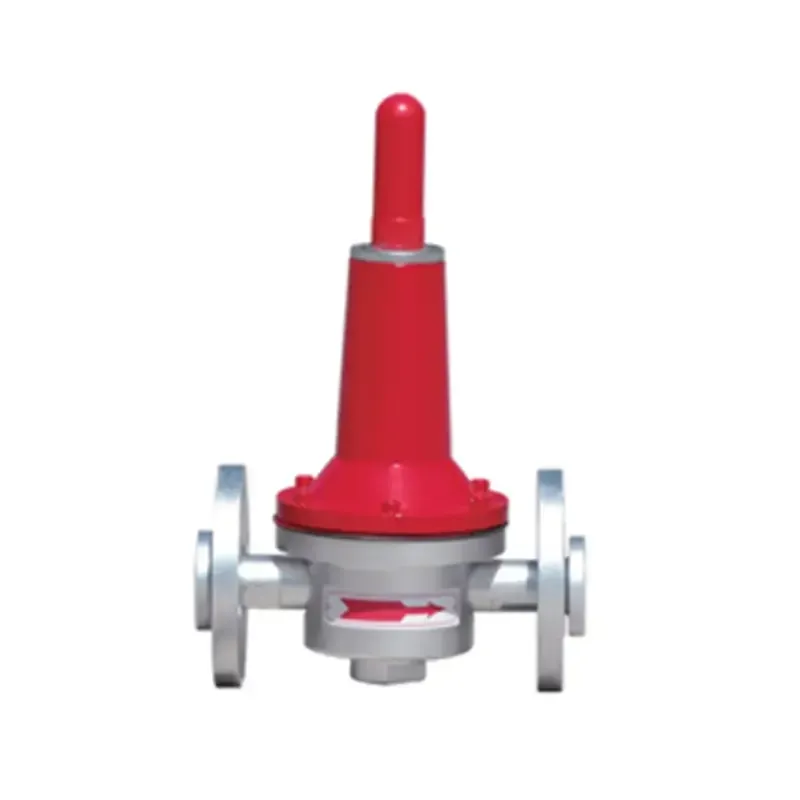
Dec . 15, 2024 05:25
Back to list
pneumatic valve
Understanding Pneumatic Valves A Comprehensive Overview
Pneumatic valves play a crucial role in the field of fluid dynamics, specifically within pneumatic systems. These systems utilize compressed air or gas to transmit and control energy, making pneumatic valves essential components in a wide range of industrial applications. This article provides an in-depth look at pneumatic valves, their types, functionality, advantages, and applications.
What Are Pneumatic Valves?
Pneumatic valves are devices responsible for controlling the flow and pressure of compressed air in a pneumatic system. They regulate the air supply to actuators, cylinders, and other components, ensuring that the system operates efficiently and securely. By opening, closing, or modulating the airflow, these valves can initiate complex mechanical movements and processes.
Types of Pneumatic Valves
1. Solenoid Valves These valves are electrically operated and use an electromagnetic coil to control valve operation. When the coil is energized, the valve opens or closes, allowing for precise control over air flow and pressure. Solenoid valves are commonly found in automation systems due to their speed and reliability.
2. Directional Control Valves These valves manage the direction of airflow within the system. Typically equipped with multiple ports, they can direct air to various outputs based on the desired function. Common configurations include 2/2, 3/2, and 5/2 valve types, where the numbers indicate the number of ports and positions.
3. Flow Control Valves These valves regulate the speed of air flowing through pneumatic systems. By adjusting the size of the orifice, they enable users to set the desired flow rate, which in turn controls the speed of actuators and cylinders.
4. Pressure Relief Valves Designed to protect pneumatic systems from excessive pressure, these valves automatically release surplus air when the pressure exceeds a predefined limit. This feature is critical for maintaining system integrity and preventing damage.
5. Shut-off Valves These simple valves provide a means to completely stop airflow in a system. They are often used in maintenance procedures where isolating certain parts of the system is necessary.
Advantages of Pneumatic Valves
Pneumatic valves offer several advantages that make them a preferred choice in many applications
pneumatic valve

- Speed and Efficiency Pneumatic systems are capable of rapid actuation, allowing for quick response times in automation processes.
- Durability and Reliability Valves are designed to withstand harsh operational conditions, including temperature variations and exposure to contaminants, which contributes to their longevity and reliability.
- Safe Operation Pneumatic systems can reduce the risk of electric shock or fires in hazardous environments, making them safer than electrical systems in certain settings.
- Cost-Effective Maintenance Pneumatic components are often easier to maintain and replace, reducing downtime and overall operational costs
.Applications of Pneumatic Valves
Pneumatic valves find applications across various industries, including
- Manufacturing In automated assembly lines, pneumatic valves control the movement of cylinders that handle materials and components.
- Transportation Pneumatic systems are widely used in braking systems of heavy vehicles, where valves regulate the air pressure.
- Hospitality Pneumatic systems are essential in the operation of equipment such as dishwashers and espresso machines, where precise control over water and air flow is needed.
- Textile Industry Pneumatic valves control machinery involved in fabric production, ensuring smooth and efficient processing.
Conclusion
In summary, pneumatic valves are critical components of modern automation and mechanical systems. Their ability to regulate air flow and pressure with precision enables efficient and safe operation in various industries. As technology continues to evolve, pneumatic valves will likely become even more sophisticated, paving the way for innovations in automation and process control. Understanding their types, functions, and applications is essential for anyone involved in industrial engineering, manufacturing, or systems design.
Next:
Latest news
-
Safety Valve Spring-Loaded Design Overpressure ProtectionNewsJul.25,2025
-
Precision Voltage Regulator AC5 Accuracy Grade PerformanceNewsJul.25,2025
-
Natural Gas Pressure Regulating Skid Industrial Pipeline ApplicationsNewsJul.25,2025
-
Natural Gas Filter Stainless Steel Mesh Element DesignNewsJul.25,2025
-
Gas Pressure Regulator Valve Direct-Acting Spring-Loaded DesignNewsJul.25,2025
-
Decompression Equipment Multi-Stage Heat Exchange System DesignNewsJul.25,2025

